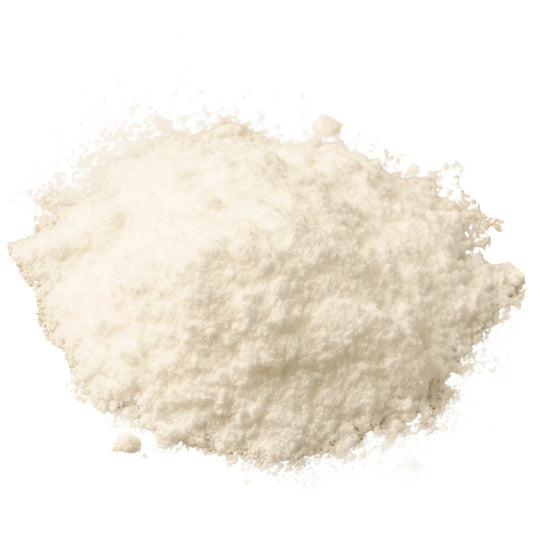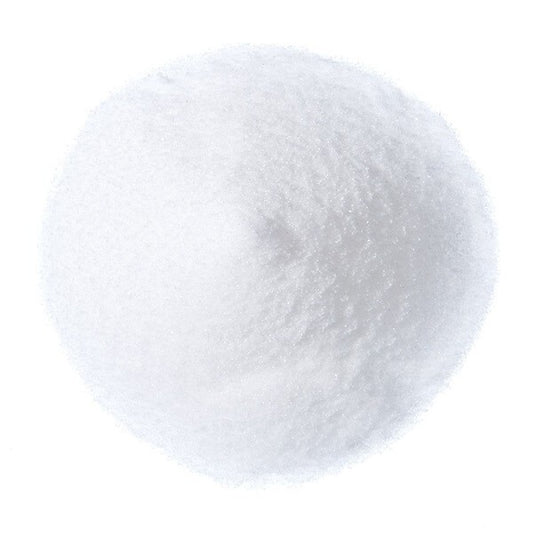
Salicylic Acid: The Versatile Beta Hydroxy Acid in Skincare
Cayla MandeanSalicylic acid, a well-known Beta Hydroxy Acid (BHA), has earned its place as an essential component in skincare routines. Known for its potent antibacterial, anti-fungal, and anti-inflammatory properties, this remarkable ingredient is primarily used to combat acne, exfoliate the skin, and reduce sebum production.
What is the Science Behind Salicylic Acid?
As a BHA, it is oil-soluble, allowing it to penetrate the skin's lipid layers more effectively than water-soluble alpha hydroxy acids (AHAs). This unique characteristic makes it particularly effective for individuals with acne-prone or oily skin.
How Winter Contributes to Acne
Winter weather brings a unique set of challenges for skin health. Cold temperatures and low humidity can lead to dry, and flaky skin, which ironically can worsen acne. Here's why:
- Increased Oil Production: In response to the drying effects of cold weather, the skin may produce more sebum (oil) to compensate for the lack of moisture. This excess oil can clog pores, leading to acne.
- Indoor Heating: While keeping us warm, heaters also strip moisture from the air and skin. This dehydration can make skin more prone to irritation and breakouts.
- Layering of Skincare Products: To address dryness, individuals frequently opt for heavier moisturisers and more hydrating or emollient products. However, these can be overly occlusive, trapping oil and bacteria in pores, potentially aggravating acne and shocking the skin due to the abrupt change in skincare products.
What are the skincare benefits of Salicylic Acid?
- How Salicylic Acid Works on Acne: Salicylic acid is widely recognised for its effectiveness in treating acne. Its ability to penetrate deep into the pores allows it to dissolve sebum and debris that clog pores and lead to acne formation. Its anti-inflammatory properties also help reduce the redness and swelling associated with acne.
- Exfoliation: As an exfoliant, salicylic acid works by breaking apart desmosomes, the proteins that hold skin cells together. This action promotes the shedding of dead skin cells and encourages new cell growth, which can reduce dark marks, resulting in a smoother, more radiant complexion.
- Pore Cleansing: Salicylic acid's lipophilic (oil-loving) nature enables it to deeply cleanse pores, remove impurities and prevent future breakouts. This makes it particularly effective for people with oily and acne-prone skin.
What is the recommended usage or concentration for Salicylic Acid?
A 0.5% - 2% salicylic acid solution is generally recommended in skincare applications. Higher concentrations can be irritating and drying. For those with sensitive skin, it's best to avoid salicylic acid and use a gentler solution to exfoliate their skin, like lactic acid.
When used in appropriate amounts, salicylic acid can deliver significant benefits without causing excessive dryness or irritation.
How to Safely Use Salicylic Acid:
Patch Test:
- Before using the product on your face or body, perform a patch test on a small area of skin to check for any adverse reactions. Inside the arm, opposite the elbow or behind the ear are the best spots to do so.
Sun Protection:
- Salicylic acid makes your skin more sensitive to the sun. Use a broad-spectrum sunscreen with SPF 30 or higher during the day.
- Use a non-comedogenic moisturiser to keep your skin hydrated and minimise irritation.
- Do not use other exfoliating products (like AHAs, BHAs, or retinoids) simultaneously unless directed by a dermatologist or skincare professional, as this can increase irritation and dryness.
- If you experience irritation, swelling, excessive redness, or scabbing, reduce the frequency or discontinue use and consult a dermatologist.










